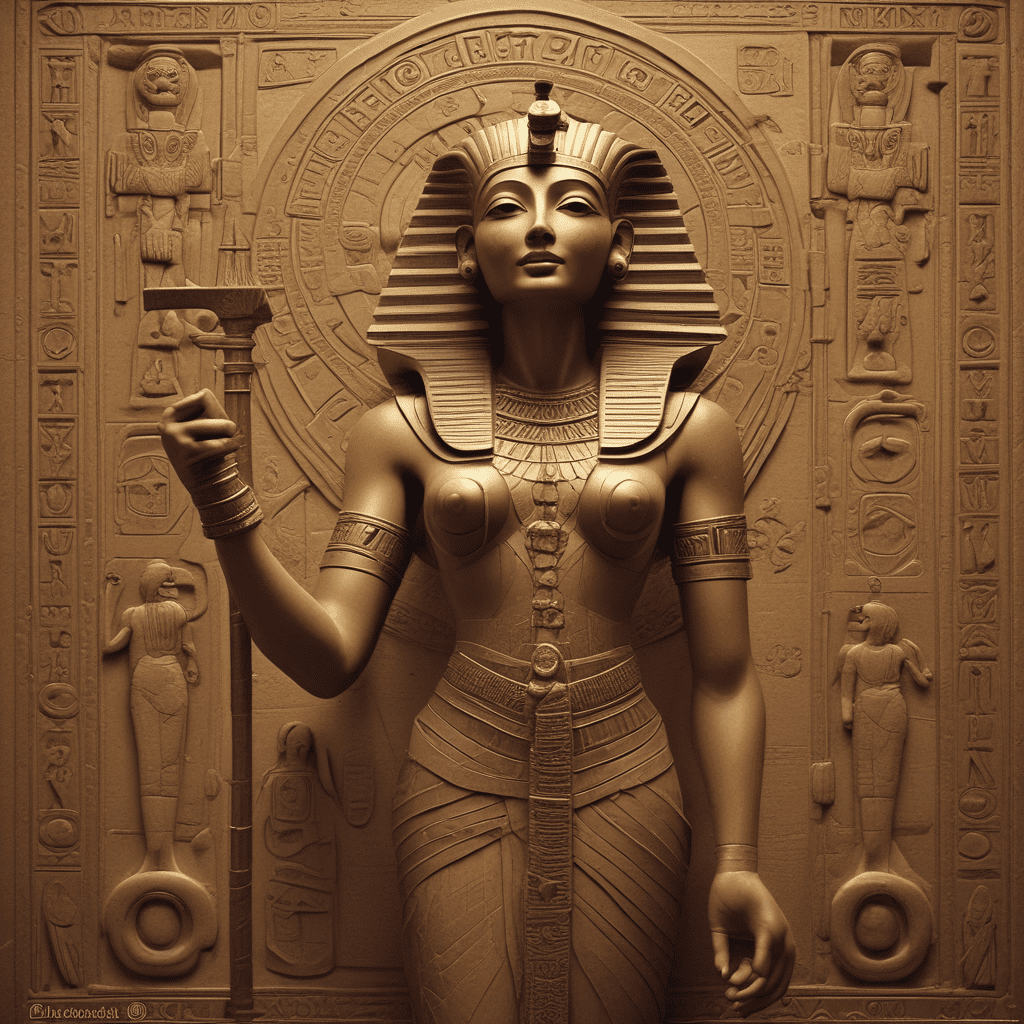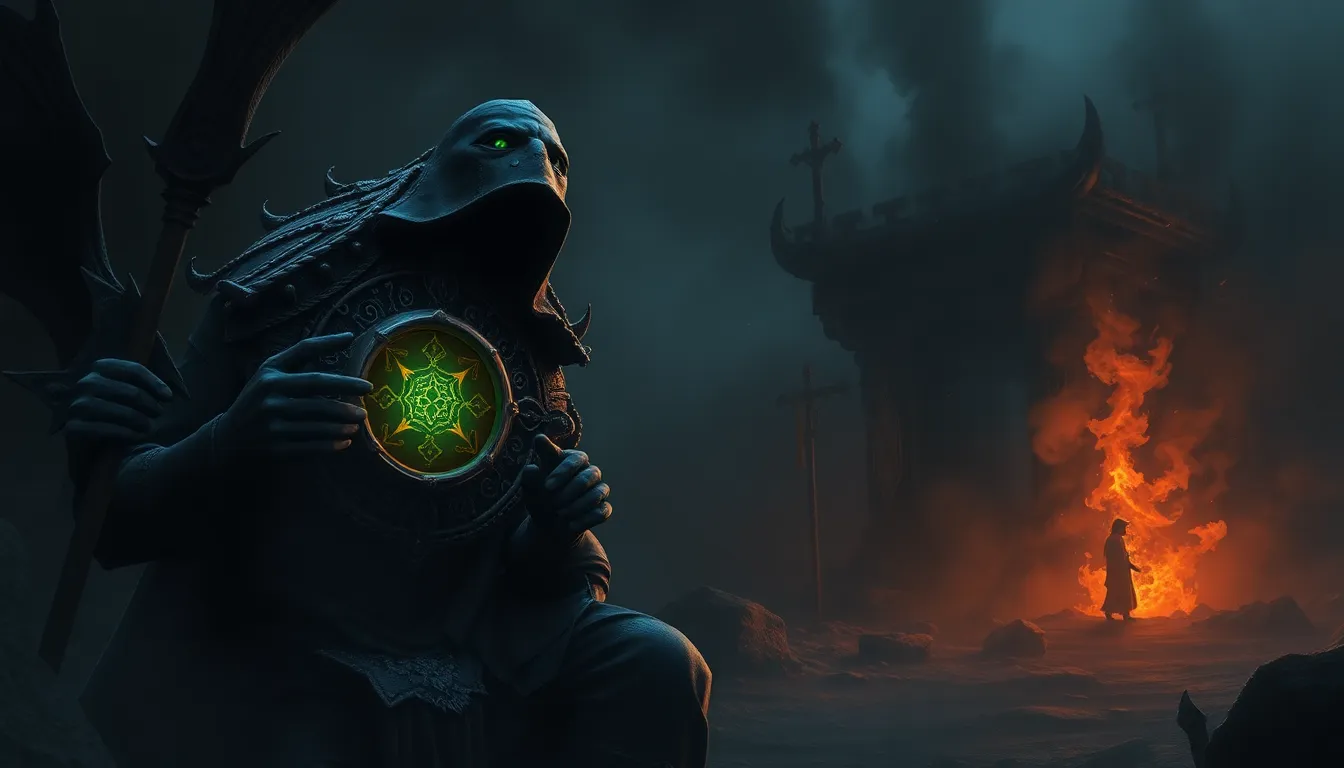The Myth of the Goddess Serket in Ancient Egypt
Ancient Egyptian mythology is rich with tales of powerful deities, each with unique attributes and significance. One such prominent goddess in Egyptian mythology is Serket, often depicted with the head of a scorpion. Serket, also known as Selkis, was revered as a protective goddess associated with healing and venomous creatures. Let’s dive into the intriguing myth surrounding the goddess Serket.
Who is Goddess Serket?
Serket, depicted as a woman with a scorpion on her head, was revered as a guardian of pharaohs and worshipped for her protective nature over individuals. She was particularly associated with healing, especially venomous stings and bites. Serket was also connected with the afterlife, where she played a role in protecting the deceased during their journey to the underworld.
Mythological Significance
According to ancient Egyptian belief, Serket played a vital role in protecting the royal mummy and guiding the deceased through the dangers of the afterlife. Her association with venomous creatures like scorpions symbolized her ability to both inflict and heal poisonous wounds, highlighting her dual nature as a protective deity.
Worship and Rituals
Devotees of Serket paid homage to her through various rituals and ceremonies, seeking protection from illnesses and venomous creatures. Offerings and prayers were made to invoke her healing powers, especially in times of need. Serket’s temples were places of solace for those seeking her assistance in matters of health and protection.
Legacy and Symbolism
The legacy of the goddess Serket endures through artifacts, inscriptions, and artwork depicting her influential presence in ancient Egyptian society. Her symbolic representation as a powerful and protective deity reflects the importance placed on healing, protection, and guidance during both life and death.
In conclusion, the myth of the goddess Serket in ancient Egypt serves as a captivating insight into the belief systems and reverence for deities that shaped the ancient Egyptian civilization. Serket’s role as a guardian goddess highlights the profound spiritual connections Egyptians had with symbols of protection and healing.
FAQ About the Myth of the Goddess Serket in Ancient Egypt
Who was the Goddess Serket in Ancient Egyptian Mythology?
The Goddess Serket, also known as Selkis, was a prominent deity in Ancient Egyptian mythology associated with protection, healing, and magic. She was often depicted as a woman with a scorpion on her head or as a woman with a scorpion tail.
What was Serket’s Role in Ancient Egyptian Beliefs?
Serket was believed to protect the dead and assist in their journey to the afterlife. She was also associated with healing venomous stings and bites, especially those of scorpions. Serket was considered a powerful and benevolent goddess.
Where was Serket Worshipped in Ancient Egypt?
Serket was venerated throughout Egypt, with temples dedicated to her in various cities like Upper Egypt’s Kom Ombo and Edfu. She was often invoked in rituals related to protection, healing, and magical practices.




